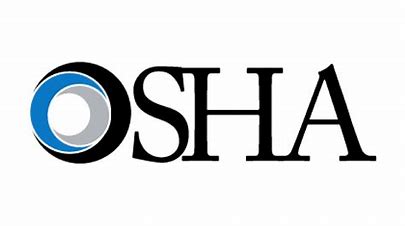The Occupational Safety and Health Administration (“OSHA”) was busy this week. In a long-anticipated move, the Agency on Thursday announced its final rule rescinding a portion of its “Tracking of Workplace Injuries and Illnesses” requirements. Employers with 250 or more employees at an establishment will no longer be required to electronically submit their OSHA 300 and 301 forms. Such employers, as well employers with between 20 and 249 employees in certain NAICS Codes, are still required to electronically submit their OSHA 300A annual summary forms. The Agency explained that “[b]y preventing routine government collection of information that may be quite sensitive, including descriptions of workers’ injuries and body parts affected, OSHA is avoiding the risk that such information might be publicly disclosed under the Freedom of Information Act (FOIA).” The deadline for submission of 2018 300A forms is March 2, 2019. OSHA also added a requirement that employers submit their Employer Identification Number (“EIN”) along with their 300A forms.
On the silica front, OSHA has issued frequently asked questions (FAQs) covering the Agency’s standard for respirable crystalline silica in general industry. The FAQs document specifically states that it does not create new legal obligations or alter any existing obligations created by the OSHA standards, and instead is advisory in nature. At 30 pages, the document is quite extensive and contains 64 questions covering the following topics: Scope and Application, Definitions, Exposure Assessments, Regulated Areas, Methods of Compliance, Written Exposure Control Plan, Housekeeping, Medical Surveillance, Communication of Hazards to Employees, Recordkeeping, and Temporary Employees. Each topic area contains an introductory paragraph to provide background information about the regulatory requirements. The FAQs document has substantial information on how to demarcate regulated areas, considerations in choosing housekeeping methods, and responsibilities of host employers when temporary employees experience exposure to silica. The FAQs document also discusses how employers can protect employees’ social security numbers in air monitoring records, and OSHA’s proposed rule to comprehensively remove from OSHA health standards all requirements for employers to include employee social security numbers on exposure monitoring, medical surveillance, and other records. The FAQs document can be accessed here. This document will prove to be a useful guide for employers in general industry. Although the document does not cover construction, in areas where the two standards are similar it may provide useful guidance for such employers as well.
Finally, OSHA has announced a new penalty structure. In order to account for inflation, OSHA penalties will now be $13,260 maximum for serious, other-than-serious, and failure to abate violations and $132,598 maximum for willful and repeat violations. — Sherman & Howard, LLC.








